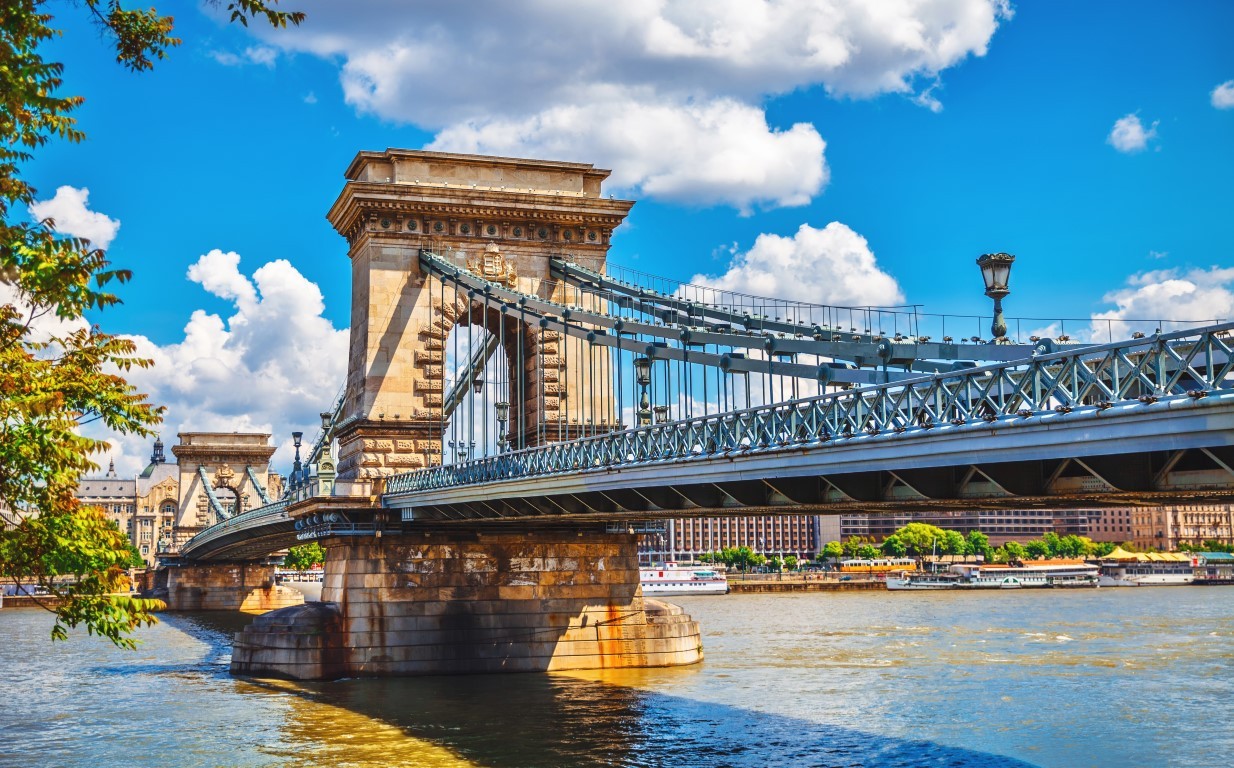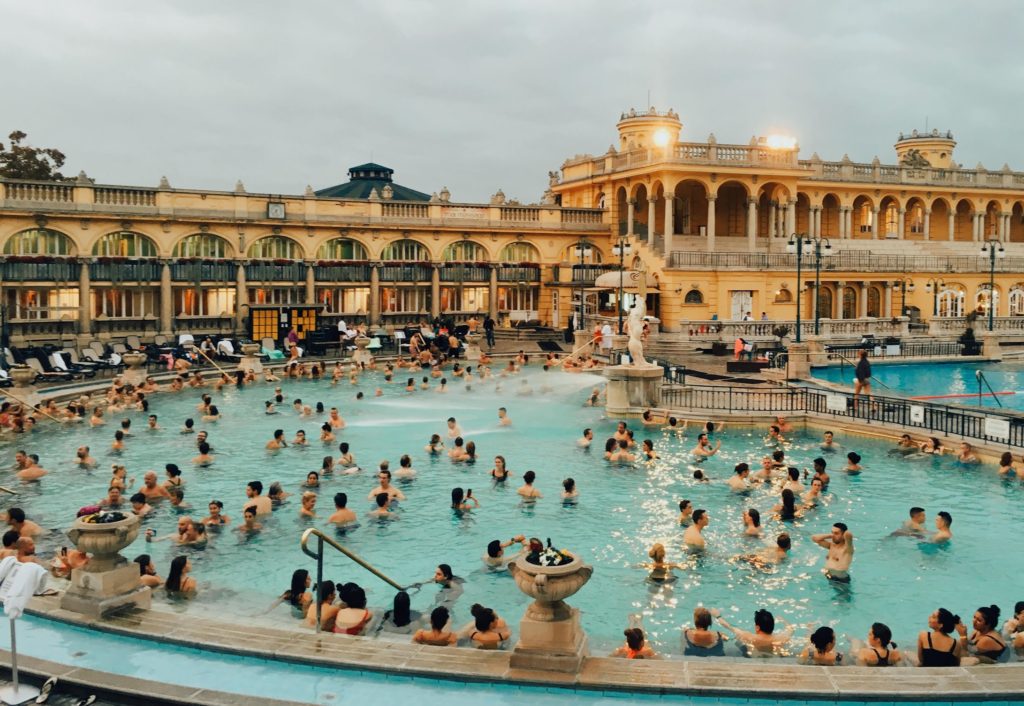
The Parliament

The Hungarian Parliament, richly decorated both inside and out, was inspired by the Houses of Parliament in London, thus it was designed in Neo-Gothic style, although it also bears Renaissance and Baroque stylistic flourishes. The third largest parliament in the world, it was built on the 1000th anniversary of the foundation of the state of Hungary.
The Chain Bridge

The Chain Bridge, with the Buda Castle in the background, the Hungarian capital’s first bridge, now a monument, is a fascinating spectacle that has attracted many tourists to Budapest. The bridge has the name of István Széchenyi, a major supporter of its construction, attached to it, but is most commonly known as the "Chain Bridge". At the time of its construction, it was regarded as one of the modern world's engineering wonders.
The Széchenyi Bath

No other capital city in the world has as many thermal baths as Budapest. Doing as the Romans did...in this case the story can start here, as it was first the citizens of ancient Aquincum, followed by the Turkish invaders centuries later, who established a major thermal bath culture here. Its traditions are more alive today than ever, as thermal baths are a defining feature of the unique Budapest lifestyle. Over 100 natural springs found throughout the city with waters of varying mineral compositions help us to stay healthy, as they can be used to treat numerous ailments. Probably the most famous thermal bath is The Széchenyi Bath, followed by Rudas and Gellért baths.